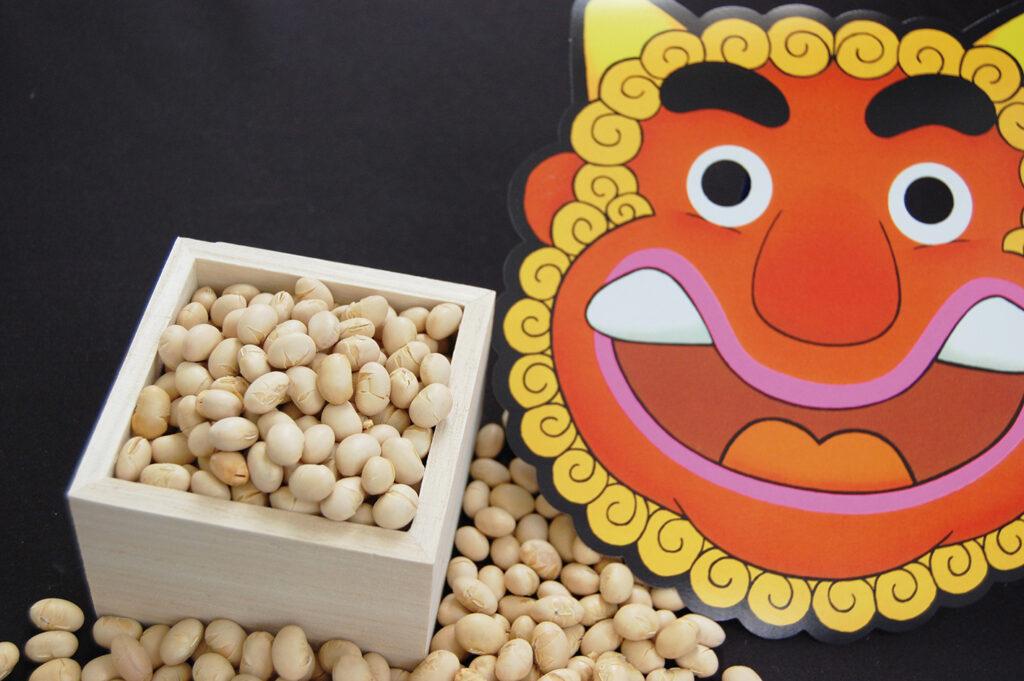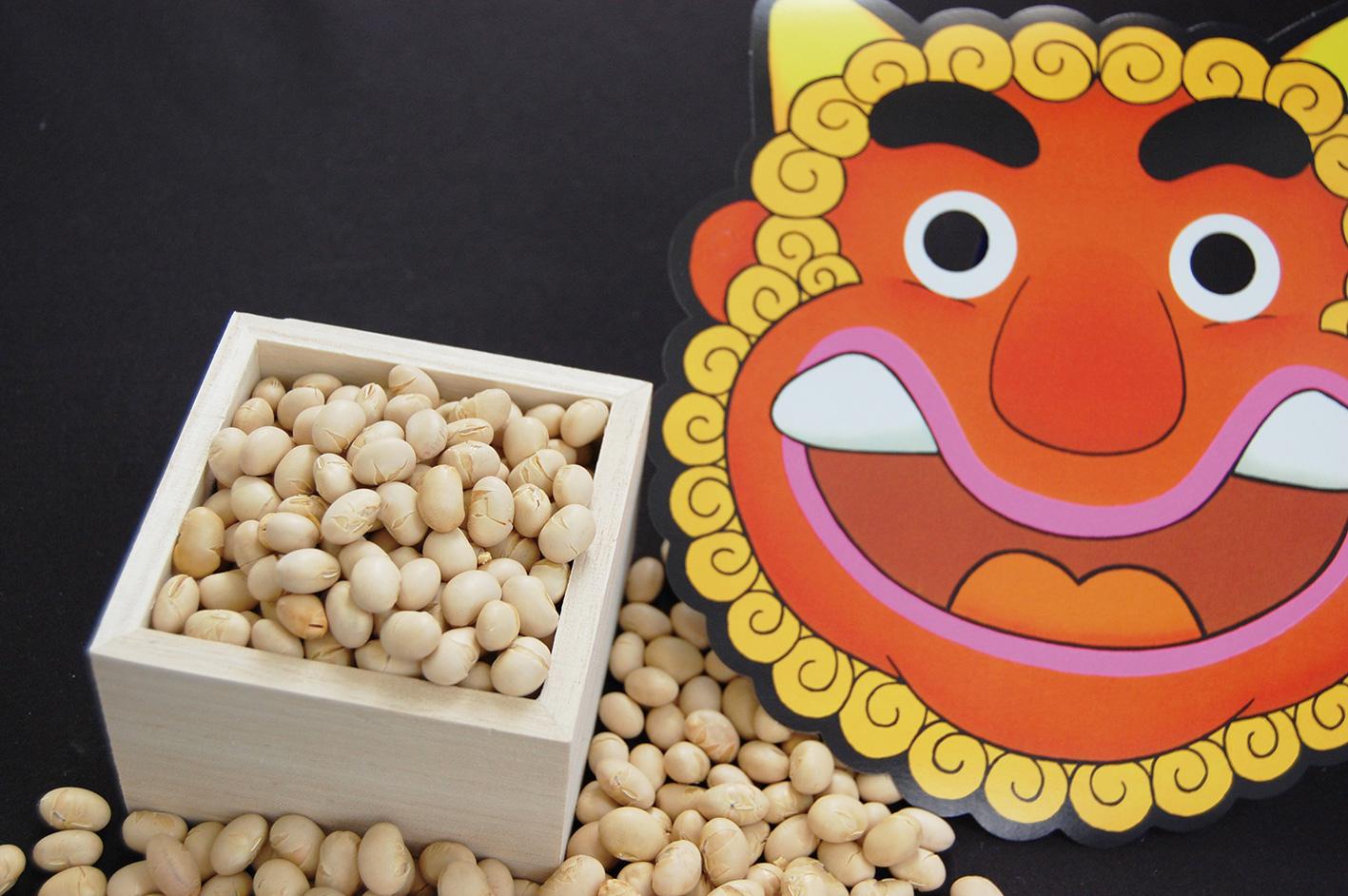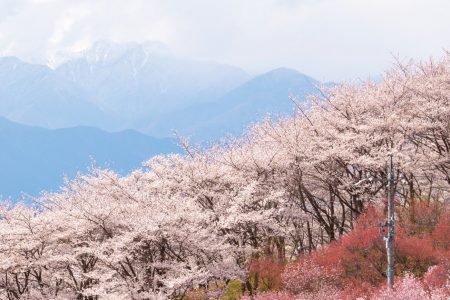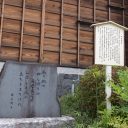
Division of seasons
Japan is located in the Temperate Zone in the northern hemisphere and enjoys four distinct seasons of roughly three months each. The Japanese have been paying attention to subtle changes of seasons in accordance with 24 subdivisions based on natural phenomena. Among them, the beginnings of each four seasons are specifically called Risshun 立春 (りっしゅん), Rikka 立夏 (りっか), Risshū 立秋 (りっしゅう) and Rittō 立冬 (りっとう).
Setsubun is generally understood to mean the day before the advent of spring, Risshun , normally on the 3rd of February, mainly because everyone looks forward to the arrival of spring after a long cold winter.
Setsubun ritual
The highlight of Setsubun is the ritual called Mamemaki 豆まき (まめまき), scattering around roasted soy-beans at home all over Japan in various ritual forms and styles.
In the ancient Imperial Court, it was believed that an evil spirit came into being in the form of an ogre or goblin at the change of seasons. The court officials were expected to purify or exorcise the evil spirit from the Court by Mamemaki . It was rare for non-courtesans to adopt the Court rituals throughout the history of Japan, but when epidemics spread in winter, the general public were eager to adopt them.
Basically, the common ritual is to scatter or throw roasted soy-beans everywhere around the entire house while calling out “Fuku wa uchi! Oni wa soto ! (福は内! 鬼は外! )”, roughly translating to “Foutunes in! Ogres/Goblins out!”. You are inviting “fortunes” to come into your house and trying to expel evil spirits out of your house. This ritual is very popular amongst children in Japan, as normally they are told not to throw things in the house, but for Mamemaki they are encouraged to throw Mame as much as they like.
In addition, many shrines and temples all over Japan hold this ritual and throw or scatter Mame and other goodies at the visitors while shouting the above phrase.
Why Mame 豆(まめ)?
Traditionally, the Japanese believe that spirits reside inside words, holding incredible power with the ability to invite good fortunes and expel bad fortunes from within you. Mame could be written in such Kanji as 魔滅(まめ), meaning “destroying evils”, or 魔目(まめ), meaning “evils’ eyes”, so they believe Mame, “beans”, can destroy evil. This might sound like a mere play on words, but the Japanese have attributed spirit, power and significant meaning to words throughout history.
After Mamemaki , it is believed that if you eat as many Mame as your age, or age plus one, you could avoid catching a cold or other illnesses throughout the year with the power of Mame .
Author
Shunichi Ikeda
BAS Hons (ANU)
MEd (SUNY at Buffalo)
Visiting Fellow, ANU College of Asia and the Pacific












